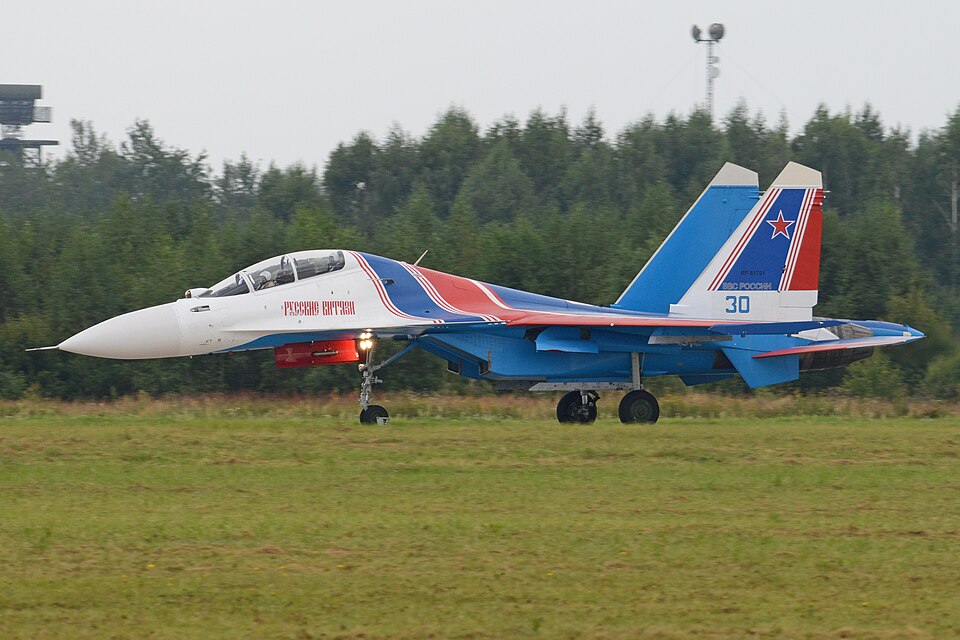
A single act of sabotage wipes out years of investment and training in an instant. In April 2025, Ukrainian operatives or possibly allied resistance inside Russia reportedly destroyed a Russian Su-30SM fighter jet at Rostov-on-Don airbase, a strike valued at approximately $50 million. With Moscow remaining silent, the incident has again fanned the debate over Russia’s ability to protect its most advanced military assets deep within its own territory.
This was not an isolated event but part of a larger pattern of precision strikes, covert operations, and asymmetric tactics shaping the Russia-Ukraine conflict. The Rostov-on-Don case offers insight into the vulnerabilities of modern air forces, the evolving nature of sabotage, and the geopolitical ripples caused by the loss of high-value equipment. Here are nine key insights drawn from this incident and its wider context.

1. Rostov-on-Don: A Strategic Hub Breached
Rostov-on-Don is more than a regional airbase; it’s a logistics and command center for the Southern Military District of Russia. It’s vital for operations near the southern front in Ukraine, hosting advanced fighters and support infrastructure. A successful strike at this base is both a tactical blow and a political signal that even highly defended facilities are within reach of adversaries.
Defense Express described such attacks as undermining Russia’s perception of security in its heartland. Certainly, the breach does raise questions over perimeter defenses, surveillance, and also insider assistance in bypassing security layers.
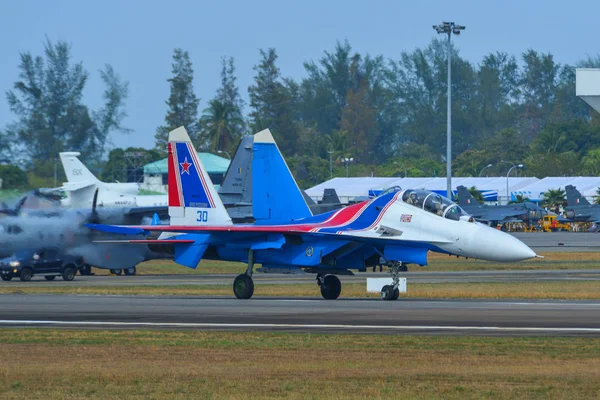
2. Conflicting Narratives and Information Warfare
The Ukrainian intelligence, HUR, said the downed aircraft was Su-30SM with tail number 35, while Avia.pro, a Russian aviation outlet, speculates it could have been an older Su-27. Without independent confirmation of the information, the truth is disputed.
It speaks to the uncertainty intrinsic in modern conflict, where information warfare shapes perception: each side crafts its narrative-Ukraine to highlight operational reach, Russia to minimize perceived loss. Damage is suggested by satellite imagery, but without overt visual proof of an incident, it remains in the realm of strategic messaging.
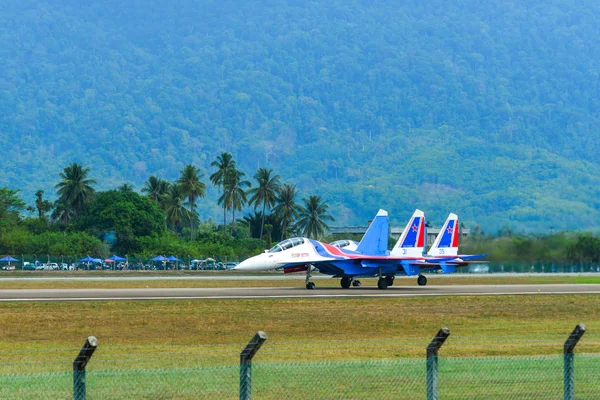
3. Su-30SM: Russia’s Multirole Workhorse
The Su-30SM is a twin-seat, twin-engine fighter developed by Sukhoi, introduced in 2012. It offers air superiority, ground attack, and maritime strike, among other capabilities. Its warload capability reaches up to 8 tonnes, it has thrust-vectoring engines, and it’s equipped with phased-array radar.
It is the mainstay of Russia’s modern air force due to its versatility. To lose one is not just a financial hit but a gap in operational capability, particularly given the complication in producing and maintaining such advanced platforms because of sanctions.
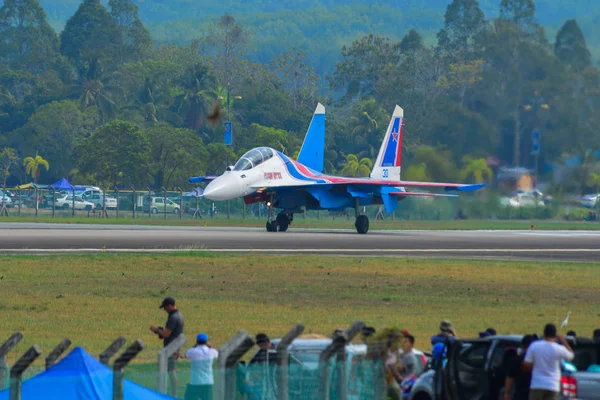
4. Financial and Operational Impact
A single Su-30SM costs an estimated $50 million, so monetary losses are substantial. But the operational repercussions run a lot deeper: each jet represents years of pilot training, specialized maintenance crews, and a network of spare parts.
Already heavily indebted and burdened by sanctions, delays to replacement of such assets put extra pressure on fleet readiness, especially when losses occur far from the front lines.

5. Sabotage: A Growing Threat
Sabotage missions, whether overt or covert, tend to take advantage of vulnerabilities in infrastructure. So far, Ukrainian operatives have targeted bombers, air defense systems, and logistical hubs. The strike against Rostov-on-Don fits into a pattern of deep-penetration operations that are aimed at dissipating Russia’s combat capacity without direct air battles.
Historical precedent-from the airfield raids of WWII to today’s drone strikes-shows that aircraft are extremely vulnerable on the ground, and that a breach of base defenses can yield outsized returns for a very low resource investment.

6. Inside Jobs and Resistance Networks
HUR’s statement framed the incident as “another act of resistance against Putin’s criminal regime inside Russia,” with a suggestion of local collaboration. Insider threats circumvent physical defenses using their access to secure areas.
If confirmed, such networks would signal an actual, constant danger to the military infrastructure of Russia. In this case, counter-intelligence would become as crucial for preventing similar incidents as physical fortification.

7. Lessons from Crimea’s Friendly Fire Incident
In late summer, just weeks before Rostov-on-Don, a Russian Su-30SM was reportedly downed by its own air defenses over Crimea during a Ukrainian drone attack. “They ended up shooting down their own plane,” said Navy spokesman Dmytro Pletenchuk, pointing to coordination failures under pressure.
Both incidents denote systemic vulnerabilities: through either sabotage or misidentification, Russia’s advanced fighters can be lost without engagement from hostile aircraft.
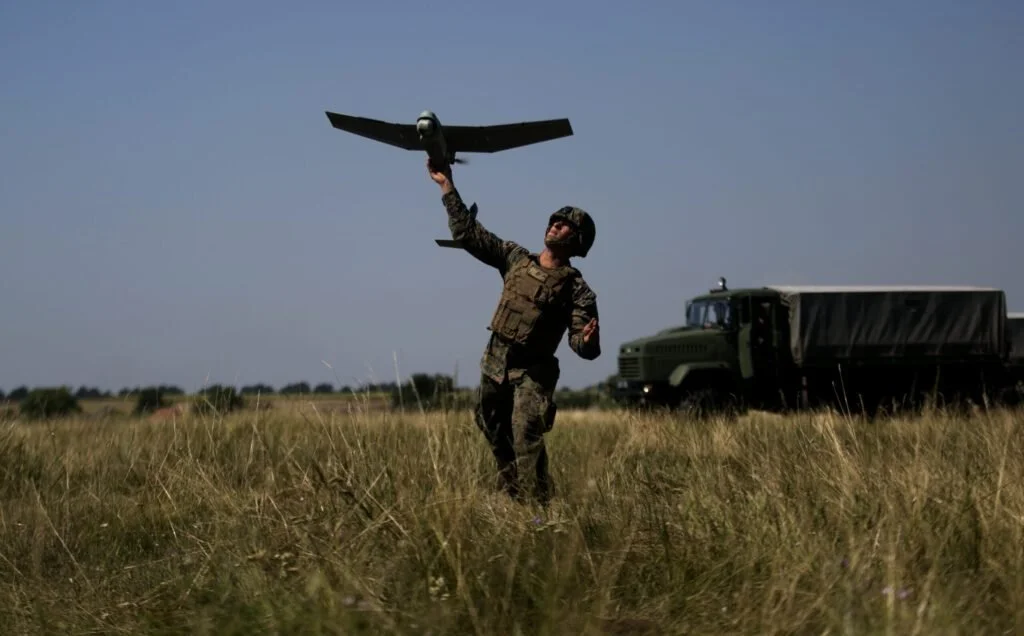
8. The Role of Asymmetric Tactics
The sabotage and long-range drone attacks are part of a broader asymmetric shift in the Ukrainian approach. Attacks against high-value targets deep inside Russian lines have forced Russia to shift resources to defense, creating psychological pressure.
These tactics reflect irregular-warfare principles in Western doctrine, such as the concept of small, precise actions creating a disproportionate effect on larger operational systems and eroding adversary confidence.

9. Strategic Implications for Airbase Security
The Rostov-on-Don case underpins the message on the use of defense in depth: perimeter security, quick reaction forces, counter-drone systems, and solid insider threat detection. Modern bases should integrate physical and cyber defenses to protect assets. It leaves even the most advanced aircraft exposed due to a failure to adapt. These incidents should give Russia reason to review security protocols at its entire network of strategic airfields.
The reported destruction of a Su-30SM at Rostov-on-Don is more than a single loss it is a case study in the vulnerabilities of modern military infrastructure. Whether the result of Ukrainian sabotage, local resistance, or another cause, it underscores that advanced technology alone cannot guarantee security. In an era where asymmetric tactics and information warfare converge, safeguarding high-value assets demands vigilance, adaptability, and a recognition that the battlefield extends far beyond the front lines.


